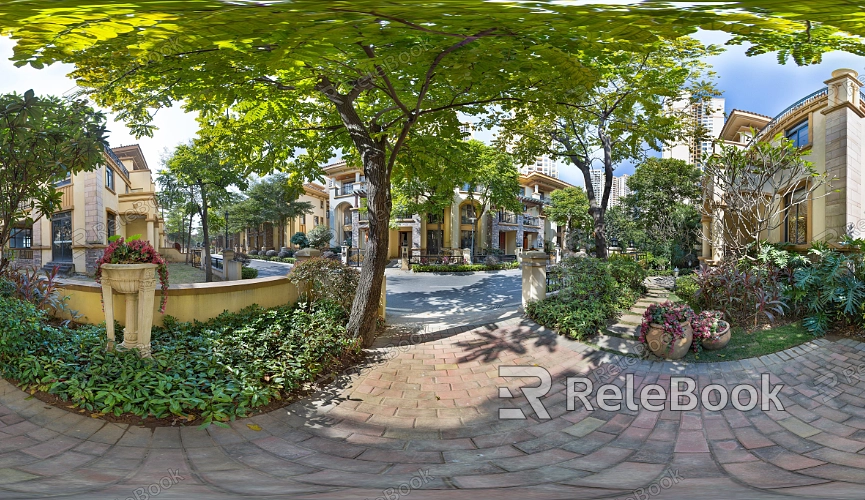How to Add HDR Effects
Implementing HDR effects can significantly enhance the realism and detail in 3D modeling scenes. Not only does this effect make virtual environments more vivid, but it also boosts the illumination and color representation, leading to more eye-catching renderings. This article explores how to integrate HDR effects into your 3D modeling workflow, offering methods and tips to optimize the quality of your designs.

Selecting the Right HDR Image
The foundation of any HDR effect is the image itself. Choosing the right HDR image is crucial for achieving the desired rendering results.
Image Sources: If you find searching for high-quality HDR images too complicated or time-consuming, or if you're unsure how to get started, consider visiting Relebook. At https://textures.relebook.com/, you can easily download top-notch HDR image resources to help you complete your projects quickly.
Image Formats: Common HDR image formats include EXR, HDR, and PNG. Select the format that best suits your software for optimal compatibility and performance.
Applying HDR Effects in Blender
Blender, a popular 3D modeling software, supports the addition and fine-tuning of HDR effects.
Adding HDR Environment Maps: In Blender, you can use HDR images as environment maps within your scene. Utilize the “Shader Editor” to connect an “Environment Texture” node to the “Background” node, providing panoramic lighting to your scene.
Adjusting Intensity and Brightness: The “Strength” slider in the “World Properties” panel allows you to tweak the intensity and brightness of the HDR image, ensuring the lighting fits your scene’s needs.
Applying HDR Effects in 3ds Max
3ds Max, another widely used 3D modeling software, also facilitates easy HDR effect integration.
Using HDR Maps: In 3ds Max, you can apply an HDR image to the “Environment” settings. Drag and drop the HDR image into the “Environment Map” option found under “Render Setup” to create ambient lighting.
Lighting Settings: Ensure that the “Exposure Control” settings are correctly configured so that the HDR image effectively influences the scene’s lighting.

Adjusting HDR Effects in Photoshop
Photoshop isn’t just for image editing; it can also be used to adjust HDR effects to optimize your renders.
Merging HDR Images: Photoshop’s “HDR Merge” feature lets you combine multiple images with different exposures into one HDR image, capturing a wider range of lighting and detail.
Brightness and Contrast Adjustments: Use tools like “Levels” or “Curves” in the “Adjustments” panel to fine-tune the brightness and contrast of your HDR image, achieving the desired visual effect.
Fine-Tuning HDR Settings
Effective HDR effects rely not only on image selection but also on precise setting adjustments.
Exposure Adjustments: Most 3D modeling software allows you to optimize HDR effects through exposure settings. Ensure the exposure is balanced to avoid overexposure or underexposure.
Color Correction: Adjust color temperature and saturation to suit the lighting conditions of your scene, ensuring the colors appear natural.
Enhancing Render Quality with HDR Effects
Applying HDR effects not only improves the realism of lighting but also enhances the overall quality of the render.
Detail Enhancement: HDR effects better showcase details, especially in high-contrast areas. Use the wide dynamic range of HDR images to enrich the detail in your scenes.
Natural Lighting: HDR images provide panoramic lighting that makes the scene’s illumination more natural and uniform, reducing the monotony caused by artificial light sources.
Understanding how to add and adjust HDR effects is crucial for improving the rendering quality of your 3D modeling projects. By following the steps mentioned—selecting HDR images, applying them in the right software, adjusting settings, and ultimately enhancing render quality—you can create virtual environments that are both lively and realistic. If you're looking for high-quality HDR images or other 3D design resources, Relebook offers a wide range of options to help you achieve outstanding visual effects in your projects.

